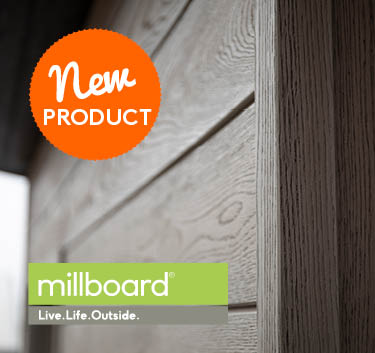How to install flashings and their associated sealants and fillers
Transcript
With an apex roof, we must install an internal flashing before fixing the panels. This allows the ridge line to be insulated to avoid condensation. You’ll need to know the pitch of the roof so that the flashing can be pressed to suit that angle. The width of the flashing depends on the distance between the top two purlins. Often the flashing will sit and be screwed down on top of the purlins. But if the distance is too great, then you will need to fix the panel first and then fit the flashing to the underside of the panel.
Once you’ve laid one internal flashing, repeat the process – always allowing 150mm overlap on each.
Next, install a run of expanding foam tape where the top of the panels will sit. Then, apply a run along the edge of each eaves beam. The panels can now be installed with main fix, secondary fix and lap mastic where appropriate.
Now all the roof panels have been installed, it’s time to fit the barge board, also known as the corner flashing. This seals the exposed area where the panel meets the outside edge of the wall. With composite panels, you’ll also need to fit a slip flashing to secure the barge board.
Once you’ve applied a continuous run of lap mastic, fix the slip flashing with stitching screws every 500mm. Once secured, the barge board can be fitted. Remember to put a 150mm overlap from one flashing to the next.
Apply 3 beads of silicone to the lapped area, and then secure with stitching screws. All flashings are 3m long. You may need more, depending on the length of your building.
Once the sides are complete, fill the open ridge with fire rated expanding foam. Simply spray along the ridge line in the gap between the sheets. It will expand, so be careful not to overfill.
Now it’s time to fit the foam fillers. These protect against dust and weather. First, judge where the outside edge of your ridge flashing is going to lie. Apply a bead of BR mastic a minimum of 80mm from that position along both sides of the proposed ridge line.
Next, apply the foam filler before laying the final run of mastic. Then, install the ridge flashings, which are fitted the same as the barge boards, but with stitchers on every crown.
Now, your roof is sealed and weather tight.

